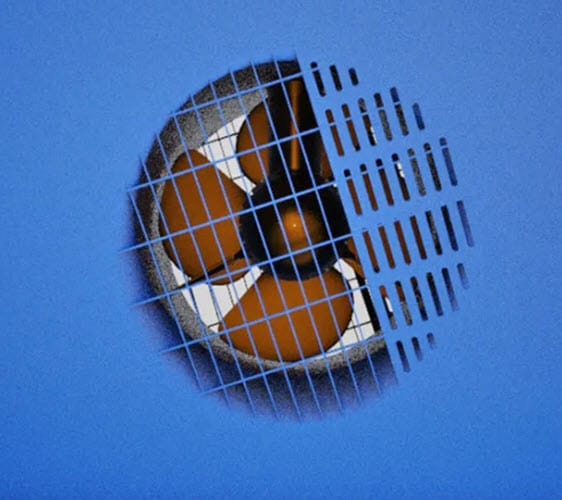Optimizing Efficiency: Suppressing Thruster Tunnel Drag to Save Energy and Costs

Image: DNV
Shipbuilding and hydrodynamics experts at Fincantieri and DNV have collaborated closely on a solution to address drag induced by bow thruster tunnels. It can help minimize ship hull resistance and reduce fuel consumption and carbon emissions.
In the ever-evolving landscape of maritime technology, the quest for efficiency and sustainability remains at the forefront of industry priorities. One area of focus that holds significant promise in achieving these objectives is the suppression of thruster tunnel drag. By addressing this critical aspect, maritime operators can unlock substantial energy savings and reduce operational costs while simultaneously contributing to environmental stewardship.
Thruster tunnels, integral components of vessel propulsion systems, play a pivotal role in manoeuvrability and control. However, they also present a challenge in terms of drag, which can diminish overall performance and increase fuel consumption. Recognizing the importance of mitigating this drag, maritime experts have been diligently exploring innovative solutions to optimize efficiency and enhance sustainability.
DNV, a global leader in maritime classification, certification, and technical assurance, has been at the forefront of this endeavour, spearheading research and development initiatives aimed at suppressing thruster tunnel drag. Through a comprehensive understanding of hydrodynamics and advanced computational modelling techniques, DNV has devised strategies to streamline thruster tunnel design and minimize resistance.
One key approach involves the utilization of state-of-the-art computational fluid dynamics (CFD) simulations to assess flow patterns and identify areas of potential improvement. By fine-tuning thruster tunnel geometry and optimizing inlet and outlet configurations, engineers can effectively reduce drag and enhance propulsion efficiency. These advancements not only translate into tangible fuel savings but also extend the operational lifespan of vessels, thereby yielding significant cost benefits for maritime stakeholders.
The implications of suppressing thruster tunnel drag extend beyond immediate cost savings, encompassing broader environmental and societal benefits. By conserving fuel and reducing emissions, maritime operators can contribute to mitigating climate change and preserving marine ecosystems. Moreover, enhanced operational efficiency enhances vessel safety and reliability, thereby fostering a sustainable maritime industry ecosystem.
As the maritime sector continues to embrace technological innovation and sustainability-driven practices, the suppression of thruster tunnel drag emerges as a cornerstone of progress. Through collaborative efforts and a steadfast commitment to excellence, industry stakeholders can unlock unprecedented opportunities for efficiency enhancement, cost reduction, and environmental stewardship.
DNV and Fincantieri’s pioneering initiatives in suppressing thruster tunnel drag represent a paradigm shift in maritime propulsion technology, paving the way for a more sustainable and economically viable future. By harnessing the power of innovation, collaboration, and technical expertise, the maritime industry can navigate towards a greener, more efficient horizon, driving positive impact for generations to come.
Link to the article: Suppressing Thruster Tunnel Drag to Save Energy and Costs
